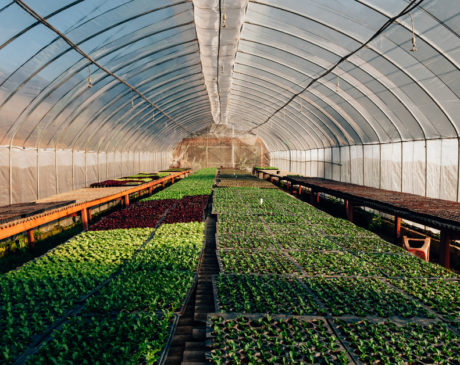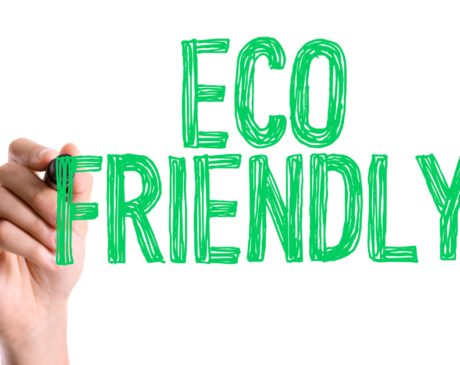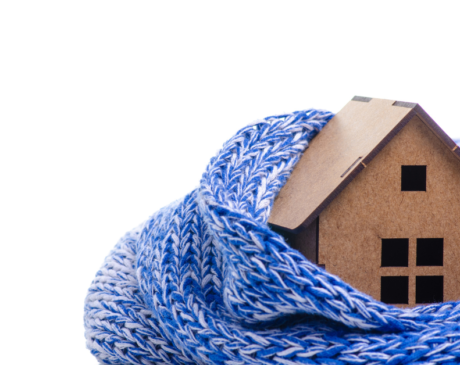Things That Will Help You To Make Your Home More Eco-Friendly
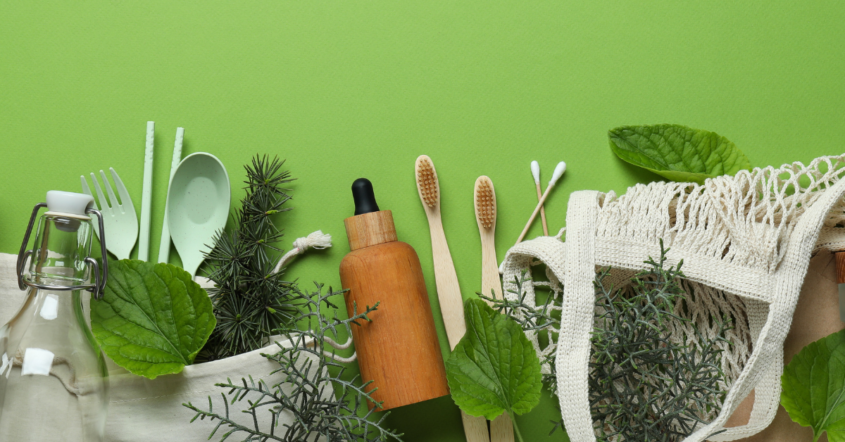
So you want to know all the eco friendly things to have in your house?
From green furnishings to smart appliances, from small bathroom adjustments to low-energy light bulbs; from using curtains to regulate room temperatures to eco-friendly paints and wallpapers, even having plants in your apartment capable of reducing electromagnetic pollution…
An eco-friendly lifestyle is beneficial for our health and the environment, allowing us to consume less energy. In this article, you’ll find all the tips for living (better) in a healthier home and also for saving on your bills; we at https://www.lifestylemind.com/ care about the environment and sustainable choices, so here are our tips for making your home eco-friendly and welcoming.
Green Furnishings
You can furnish your home in an eco-friendly style by choosing furniture made from natural materials. If you opt for wood, make sure it has FSC (Forest Stewardship Council) certification, confirming that the wood comes from responsibly managed forests.
If you purchase furniture made from recycled materials, make sure they are always certified to guarantee the minimum level of benzene in the paint and formaldehyde in the adhesives. Both of these substances are harmful to the eyes, skin and respiratory system.
Be careful of these substances that anybody should be aware of avoiding to have home and that’s why we need to know which eco friendly things to have in your house.
If you’re not a fan of wood, you can choose other solutions. For example, opt for furniture made from lightweight, versatile and recyclable materials like cardboard or straw. Keep in mind that these furnishings may not have a long lifespan.
In addition to well-known options (such as cork or bamboo), there are new and innovative products on the market, like eco-friendly marble. It’s essential to check for certifications to ensure you’re purchasing sustainable furniture.
Efficient Appliances
From the refrigerator to the oven, from the microwave to the vacuum cleaner, from the dryer to the washing machine, even the television: it’s essential that all household appliances are energy-efficient.
Household appliances are classified with letters from A to G. In 2010, classes A+, A++, and A+++ were added to indicate greater energy savings; these models generally have a higher cost but they’re better and, by consuming less, they allow you to save on your bills.
Proper use is equally important: when using the washing machine, dryer or dishwasher, it’s better to choose full loads. In general, it’s better to turn off appliances completely and not leave them in standby mode (with the red LED on) as they still consume energy.
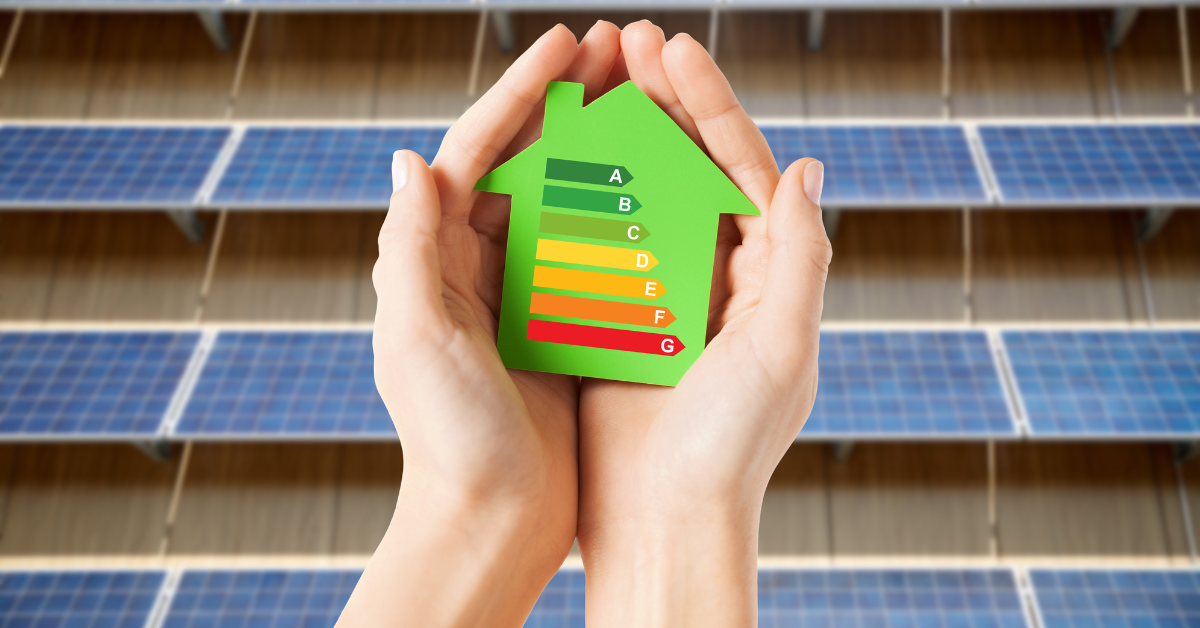
Adjustable Showerhead
Small adjustments in the bathroom can also help save and make your lifestyle more eco-friendly.
A showerhead with adjustable or low-flow settings is preferable. Newer models have reduced water flow and typically use 2 liters per minute, while older showerheads used up to 6 liters.
Regarding faucets, there are models (especially modern ones) equipped with flow restrictors, which control the outgoing water flow, preventing excessive consumption. You can also add this device to faucets that don’t have it.
Faucets with infrared sensors (although less commonly used in a home setting) are more efficient than traditional models because they activate or shut off the water flow based on the presence of a body part.
It’s advisable to get into the habit of turning off the water whenever it’s not needed, for example, while soaping up in the shower.
Dual Flush
There are also eco-friendly flushing systems. These are dual flush solutions that allow you to choose between a higher and lower water flow.
Modern toilets often have special designs that increase the flush speed, achieving the same results as standard solutions.
An alternative to these systems is interruption flush tanks: a mechanism stops the water flow when pressed a second time or when released.
Recycling
Recycling is one of the most important actions for a sustainable lifestyle (and a contemporary one, we dare say). The main waste categories are organic, paper, glass, plastic and mixed waste. It’s also essential to separate toxic waste, such as batteries (which should be placed in special containers typically found at retailers), light bulbs (to be taken to collection centers), printer cartridges (if they are not refillable, many stores also handle used ones) and medicines (there are collection points outside pharmacies).
To organize proper recycling, it’s advisable to purchase specific containers. Today, there are various models available to suit all tastes and types of homes, including smaller ones.
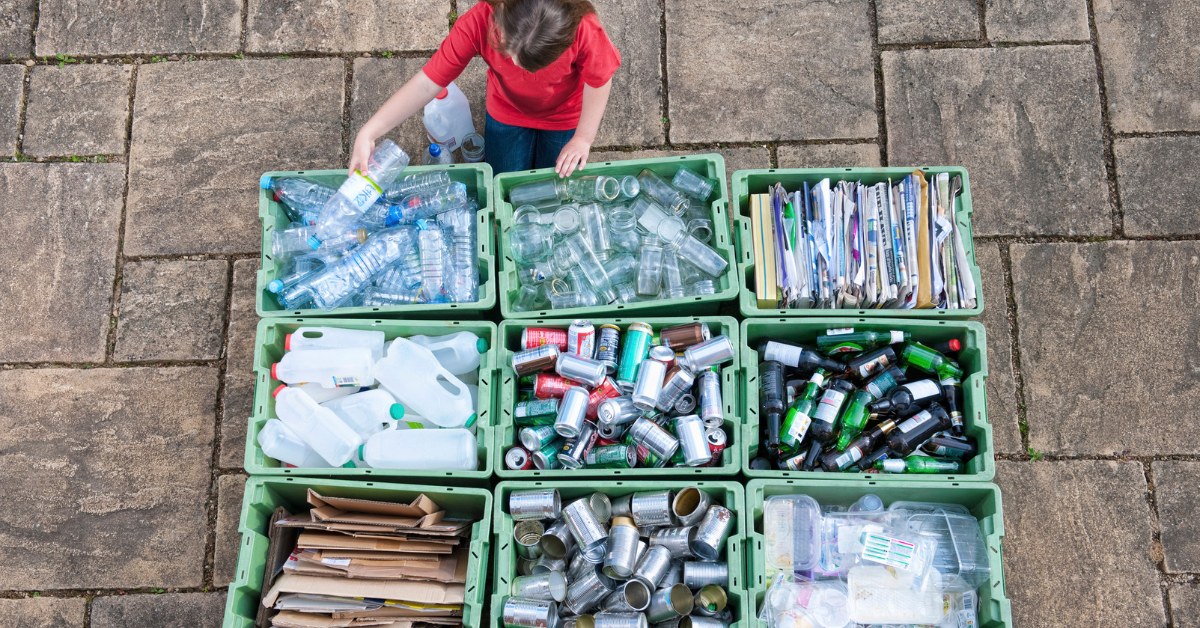
Low-Energy Light Bulbs
Speaking of light bulbs, lighting represents 20% of global electricity consumption.
For a sustainable home, it’s preferable to choose LED lamps. They can cost up to 10 times more than halogen bulbs but have a lifespan that’s 8 to 10 times longer and consume up to 85% less electricity.
It’s essential to turn off the lights when they are not needed or in rooms where no one is present. Home automation could be a valuable help in this regard: with timers and sensors, you can regulate the switching on and off of lights based on actual room occupancy.
Importance of Curtains
Curtains help regulate your home’s temperature.
During summer, it’s better to have heavier curtains to keep rooms cooler during hot hours. For the attics and irregularly shaped windows, you can opt for blackout curtains that prevent sunlight from entering the rooms. By doing these small adjustments, the temperature will remain lower and you can reduce air conditioning use.
Remember that heat tends to rise. If your home has multiple levels, you’ll have higher temperatures in rooms located higher up. Ideally, for a sustainable home, 30-40% of the exposed surface should face south to take advantage of solar radiation in winter and avoid overheating in summer.
After the hot hours, it’s a good idea to open the curtains to maximize natural light and reduce artificial lighting.
Eco-Friendly Wallpaper and Paints
Do you love wallpaper? It’s advisable to opt for ecological and biodegradable coverings that contain recycled materials or natural inks.
If you prefer colored walls over white ones, pay attention to paints as well. Choose water-based solutions because they are odorless and, therefore, non-flammable. Opt for paints free of formaldehyde and VOCs (volatile organic compounds), which pollute the air in the room.
Speaking of wallpaper, in Finland, a group of researchers is studying photovoltaic wallpaper with the goal of producing electricity using solar energy. The future is becoming greener!
Indoor Plants
Plants inside the house are beneficial for both us and our apartment. They oxygenate the rooms, purify the air, combat humidity, eliminate odors and make the spaces more welcoming and elegant.
However, it’s advisable to prefer beneficial plants that clean the house from electromagnetic waves and do not “consume” oxygen. For this reason, suitable options include aloe, which does not emit carbon dioxide, or bonsai, capable of creating a zen atmosphere. Another option is the Areca palm, whose leaves purify the air by capturing harmful gas particles and releasing oxygen.
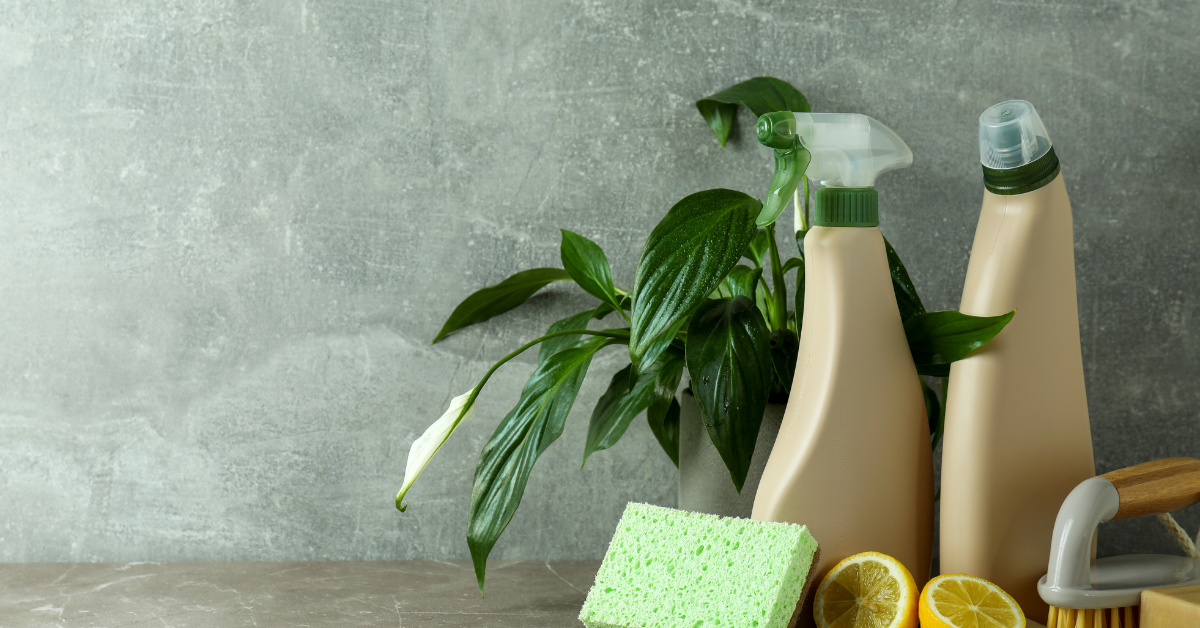
Natural Fiber Fabrics
It’s better to prefer fabrics made from natural fibers, such as wool, hemp, or jute.
Synthetic fibers may be cheaper but are derived from plastic and can release harmful substances into the respiratory system. Natural fibers, on the other hand, are eco-friendly, of plant origin and biodegradable.
Natural fibers absorb excess moisture and release it in small doses into the atmosphere, reducing the risk of mold formation and making the air healthier.
By implementing these eco-friendly practices in your home, you can create a more sustainable living environment, reduce your ecological footprint and contribute to a greener future. Making these changes may require an initial investment, but the long-term benefits in terms of cost savings and environmental impact make it a worthwhile endeavor.
Eco friendly things to have in your house
Here we give you just a brief list of the materials and objects that can make you a more sustainable person and make your house more eco friendly.
Start small, make gradual improvements and watch your home become a beacon of eco-conscious living!

